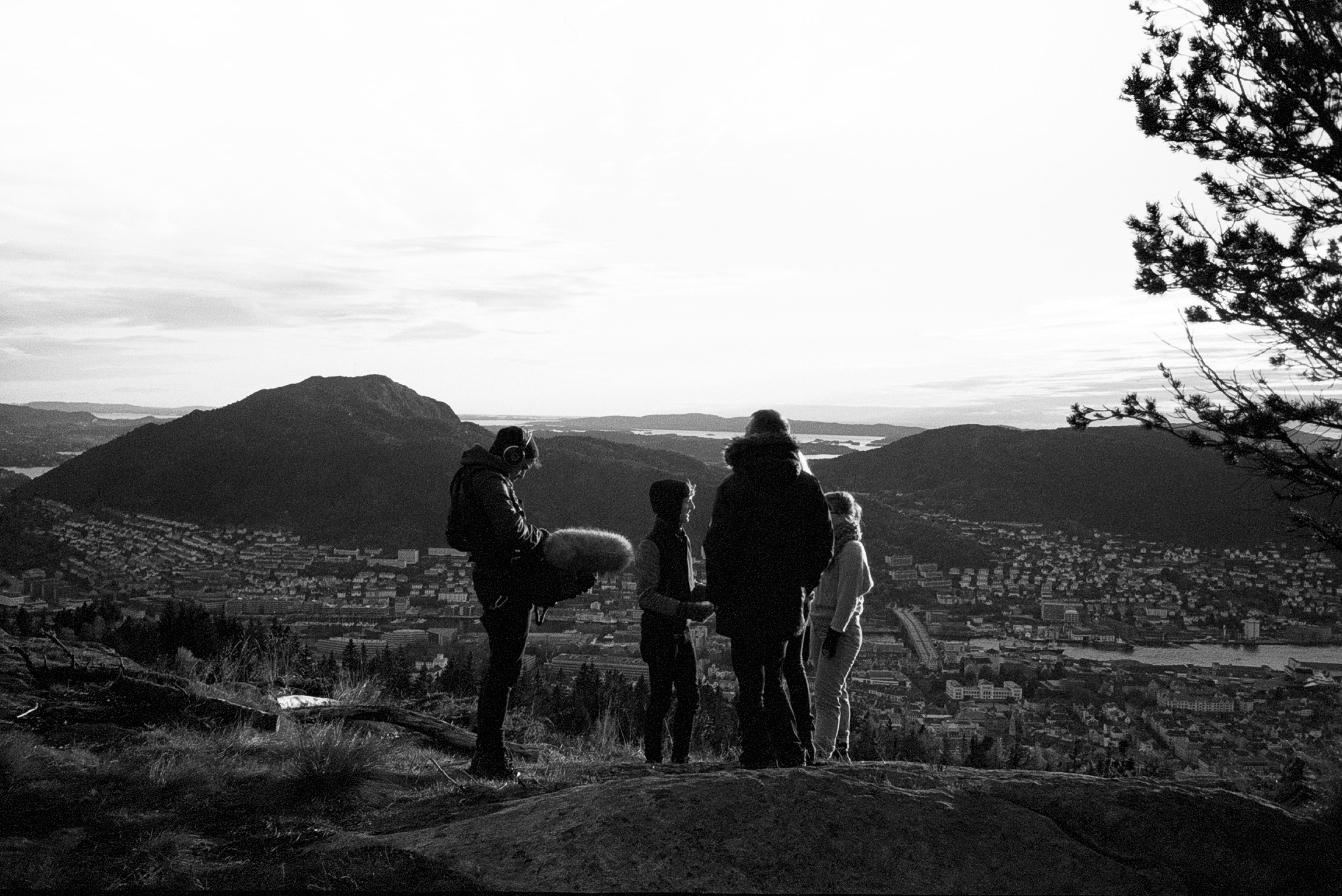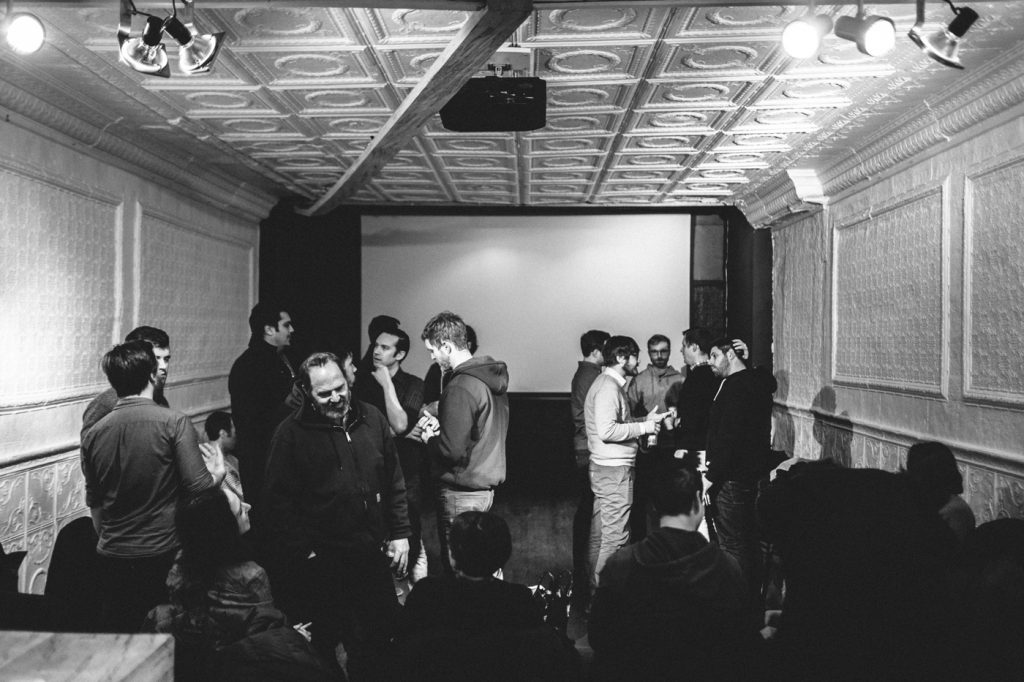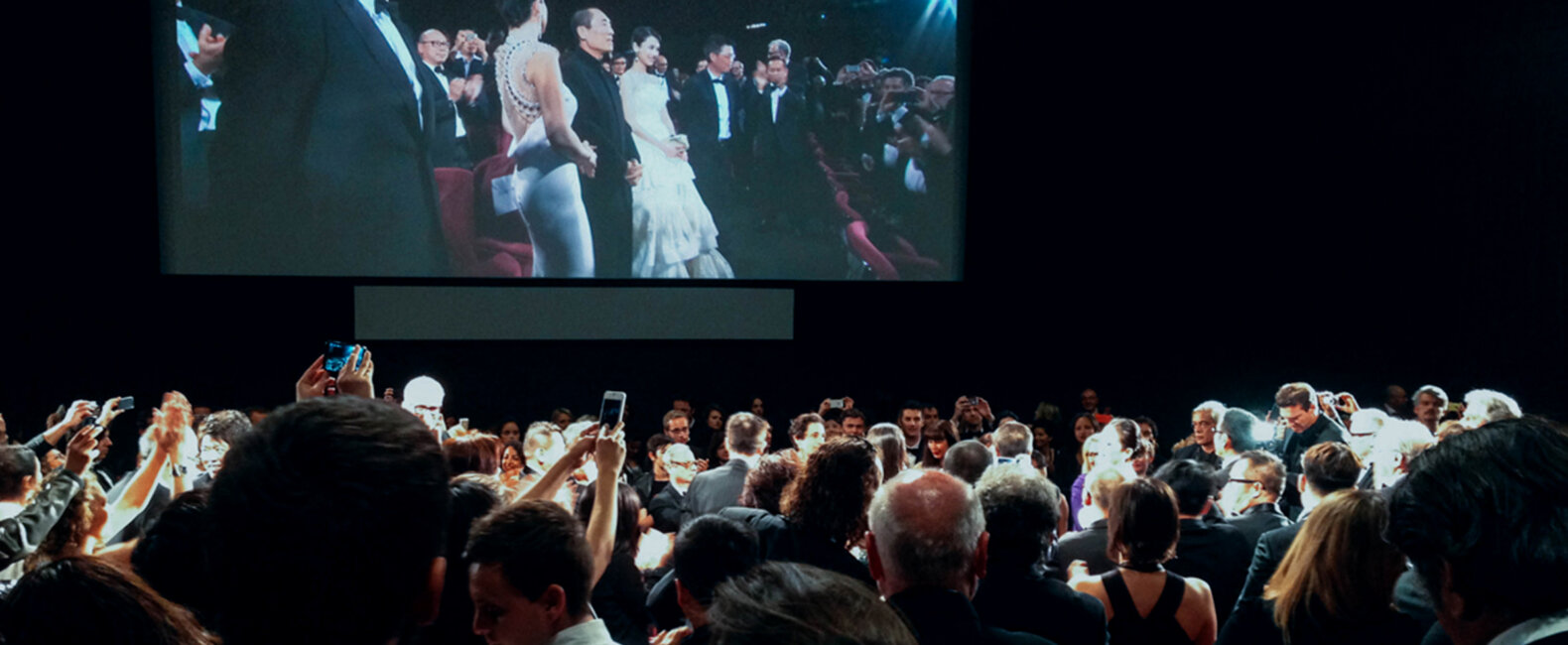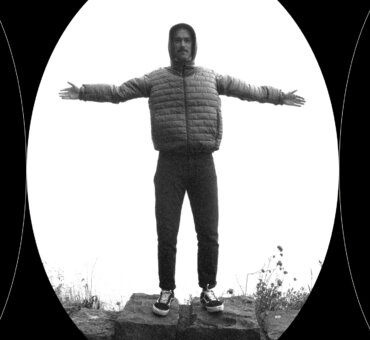The way people make films has changed a lot over the past few years. But the way people watch films has changed even more. Video on demand, mobile viewing, subscription services like Netflix and Amazon Prime — all of these things have fundamentally changed our relationship with movies. They’re less of an “event” now and more of a constant presence. Easy to access and just as easy to ignore. What does it mean for filmmakers when massive theatrical distribution is no longer the gold standard, but the goal is still the same: to get as many people as possible to see your film?
We talked with 4 filmmakers about what distribution means today.

NICOLE IRENE DYCK (PRODUCER) ON THE CHANGING WORLD OF FILM DISTRIBUTION AND THE VALUE OF FESTIVALS:
The film festival world and the distribution world are these wild landscapes that are quickly changing. The same way the music industry is changing. When I was working in the music industry, I saw it firsthand. People had to get creative with the way they made and distributed things. Now it’s the same with the film industry, just a few years behind. I feel like I already know what’s coming.
Musicbed: What advice do you have for pushing an indie film from a first-time director, like Violent?
In a first feature, nobody cares what you’re doing until you actually do it. With Violent, we had to wait to pursue festivals until the film was finished and a screener was available. We had to be patient and wait for things to come together. With a first film, it’s always going to feel like a giant gamble. You just hope these festivals choose you, which is terrifying. But my advice is to start pursing festivals as soon as possible.
And start going to festivals. That’s one of the biggest mistakes people make. If you’ve never been to Sundance, you have no concept of what it’s like to have your film there. You don’t know the environment or the types of projects they’re looking for. If you want your film to get into festivals, then you need to start going to festivals and learn which ones are a good fit for you. You don’t have to chase after Sundance. There are tons of great festivals out there. I think most people have gotten jaded about the festival system. But if you do it right, festivals can do a lot for you.
Festivals seem to work well for people who have good films.
I actually said that in an interview recently: “All this advice I’m giving you about pursuing film festivals is only appropriate if you made a really amazing movie.” The important thing is to stay positive. It can be heartbreaking. But dreams do come true.
WENDY COHEN (PARTNER/PRINCIPLE, PICTURE MOTION) ON THE POWER OF CONNECTING YOUR FILMS TO A CAUSE AND AN AUDIENCE:
Trying to find a secret sauce is like trying to figure out what makes a video go viral. Nobody really has the secret sauce. On every film, we try to do something we’ve never done before. We always start with a lot of research, a lot of listening. We make 20, 30, 40 phone calls to find out what’s happening in the issue and what the issue is going to look like in the next 12 months. Who are the organizations that are working on this — who’s been doing this work since long before the film existed, and will still be doing this work long after? We try to figure out how the film can help them. Then we put together a strategy. We think about what we want to accomplish, the goals. Sometimes with films like these, you don’t need millions of people to see the movie in order to accomplish your goal. It could be just four people — four of the right elected officials could make an enormous impact. Of course, ideally you want everyone to see it, but you need to come out of the gate knowing what you’re trying to accomplish.

RED SANDERS (PRODUCER) ON THE IMPORTANCE OF MARKETING AND HOW TO GO BEYOND FESTIVALS:
No matter what — whether you get a big distributor on board or self-release — you’re going to have to spend money on marketing. What usually ends up happening, though, is filmmakers will set aside some marketing money as their last line item, and then they rob from that fund throughout the film. One good strategy to avoid doing this is to go to an investor, someone who says, “I want to invest, but I don’t want to be the first money in.” Or maybe she just doesn’t want to put her money in right now. You can say, “Look, we’re going to need $5,000 for finishing funds, and most of that is going to go toward marketing.” You can also let her know you won’t need that money until you’re ready to release. That way, she won’t be out her money for as long, and you won’t be tempted to steal from your marketing fund to pay for production. Or, if that’s not an option, take that marketing money out of your account and hide it somewhere.
The point is, it’s not enough just to get your film into festivals. Sometimes there are 150 other films playing. You have to spend money to market. You need street teams, social media videos, advertising, Google pay-per-click, Facebook Ads. See what you can do to really get the word out in the industry. Some of the best money spent at the end [of production] is for a publicist. They have a whole Rolodex you’d never have access to. Just make sure they have experience in the film space. And preferably someone in a city that’s got a thriving film environment. See what you can do to really get the word out in the industry.
MIA BRUNO (DISTRIBUTION EXECUTIVE) ON EVERYTHING FILMMAKERS NEED TO KNOW ABOUT DISTRIBUTION:
There is what people might think of as “traditional distribution,” which rarely happens anymore. Traditional distribution is when a film comes out in theaters first, then it goes up on airlines, and then it gets television deals. That was the old way of doing things. Then came video on demand (VOD) and digital distribution, which is what I did for four years at Gravitas Ventures. But it’s my opinion that those methods have become antiquated as well.
Now I think we’re entering a new age. A bunch of places — Seed&Spark being one of them, and other places like Vimeo — are what’s known as “direct to consumer platforms.” That’s when filmmakers control their own rights. They put their film up themselves, and they can monetize it on their own. A viewer pays $3 to $4 to watch the film, and a filmmaker doesn’t have to get a distributor involved.
Traditional distribution was very formulaic, but now there is more room for nuance. That’s why there’s this new profession rising: producer of marketing and distribution, which is my job title. It’s basically somebody who has knowledge of both the production side and the distribution side. They can build in things from the onset that will pay off in the end. That’s where I think we are.
Musicbed: What do independent filmmakers need to know about distribution?

They should be thinking about distribution from the moment they start their film. There used to be a time when things could be more segmented: a director’s job was simply to direct the film, the producer’s job was to raise money and deal with business, and a distribution company would do all of the marketing. Rarely is that the case anymore.
I tell people that distribution is just another part of being creative. The business and distribution side doesn’t have to be this onerous chore. What I believe, and what Seed&Spark believes, is that filmmakers need to be thinking like creative entrepreneurs. Making a film is a lot like creating a business. You have to start building your audience from the very beginning. You have to keep people engaged with what is noteworthy about your film. Keeping a film shrouded in secrecy is usually not a great idea. I think a lot of filmmakers hope film festivals are going to be some sort of golden ticket. But a smart filmmaker is wise to plan for many, many options.
Simply thinking your film is good is not enough. Every filmmaker should think their film is good. You also have to know why it’s relevant. You need to know who your audience is and how you can reach them. And usually that comes down to joining forces with somebody else.
Most filmmakers want the same things: they want to pay back their investors, and they want to make their next film. So the question is how do you do that? A festival can help, but it’s so important that the filmmaker be thinking entrepreneurially about their film. That’s what attracts investors.
If there’s one thing I’d like filmmakers to know, it’s not to be afraid of distribution. It can be another really exciting, creative outlet. I don’t know if most people are willing to think that way quite yet, but that’s how I’m thinking. There are so many creative steps involved in making a film — distribution doesn’t have to be that grueling last step.
It’s an exciting time to be putting films out into the world. Whatever you do with your film once it’s done, we hope it finds its way to the people who will love it. Like Mia said, distribution is just an extension of creativity.





















































































